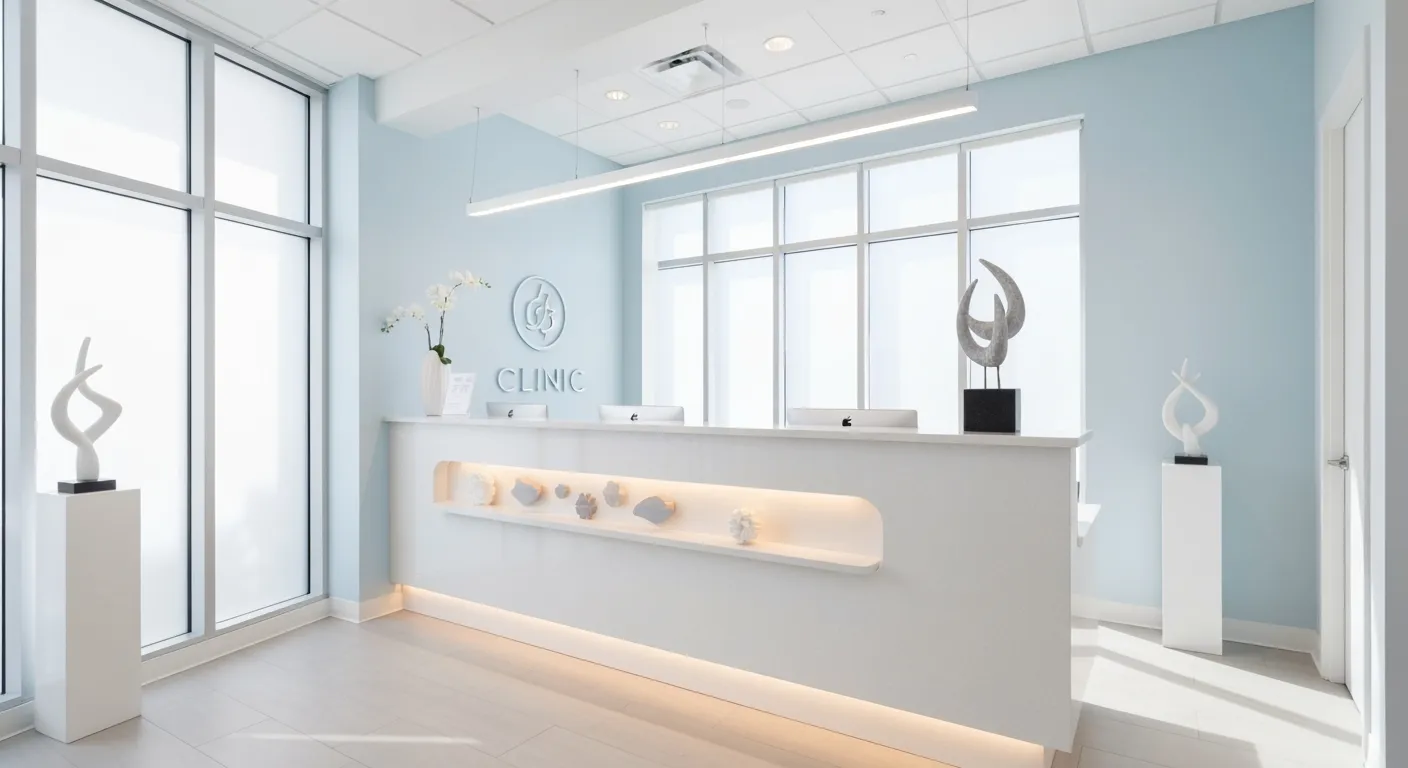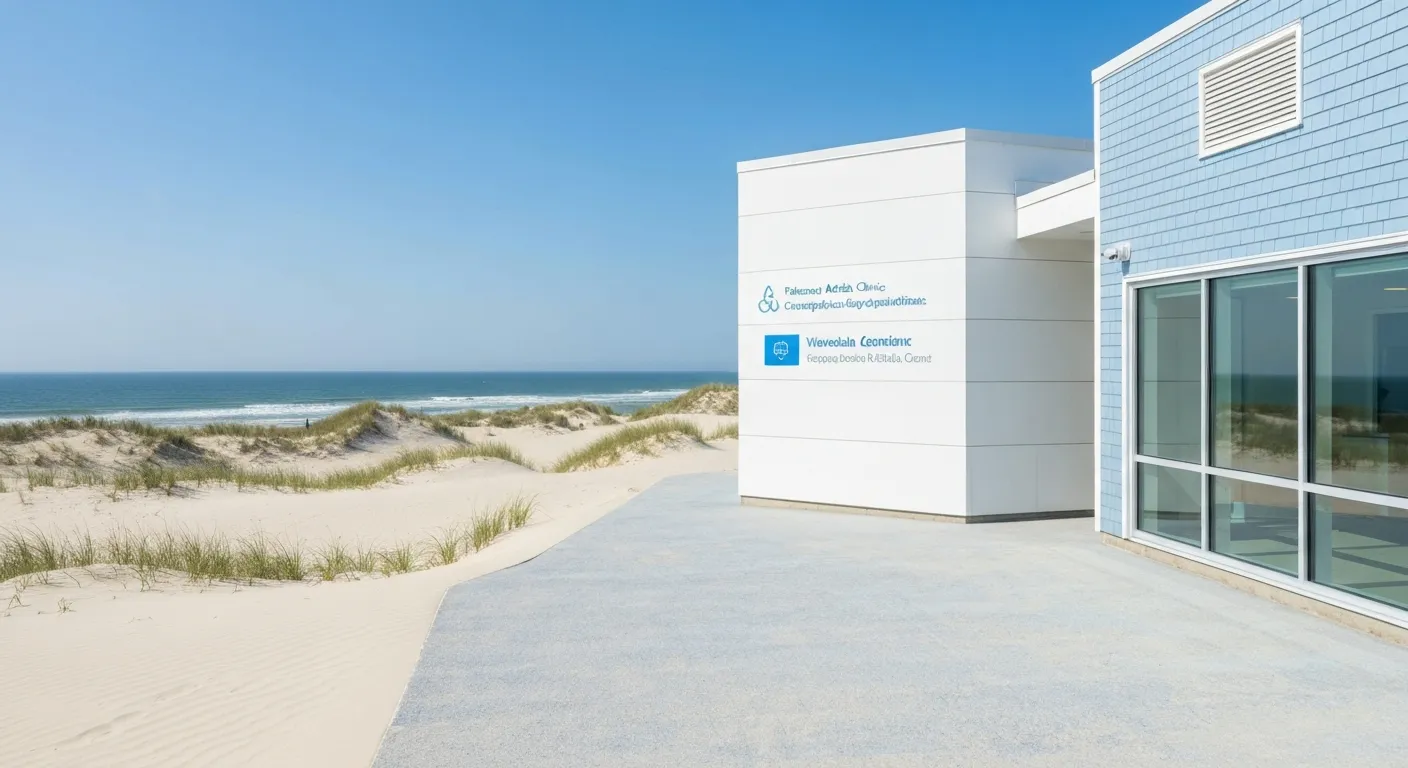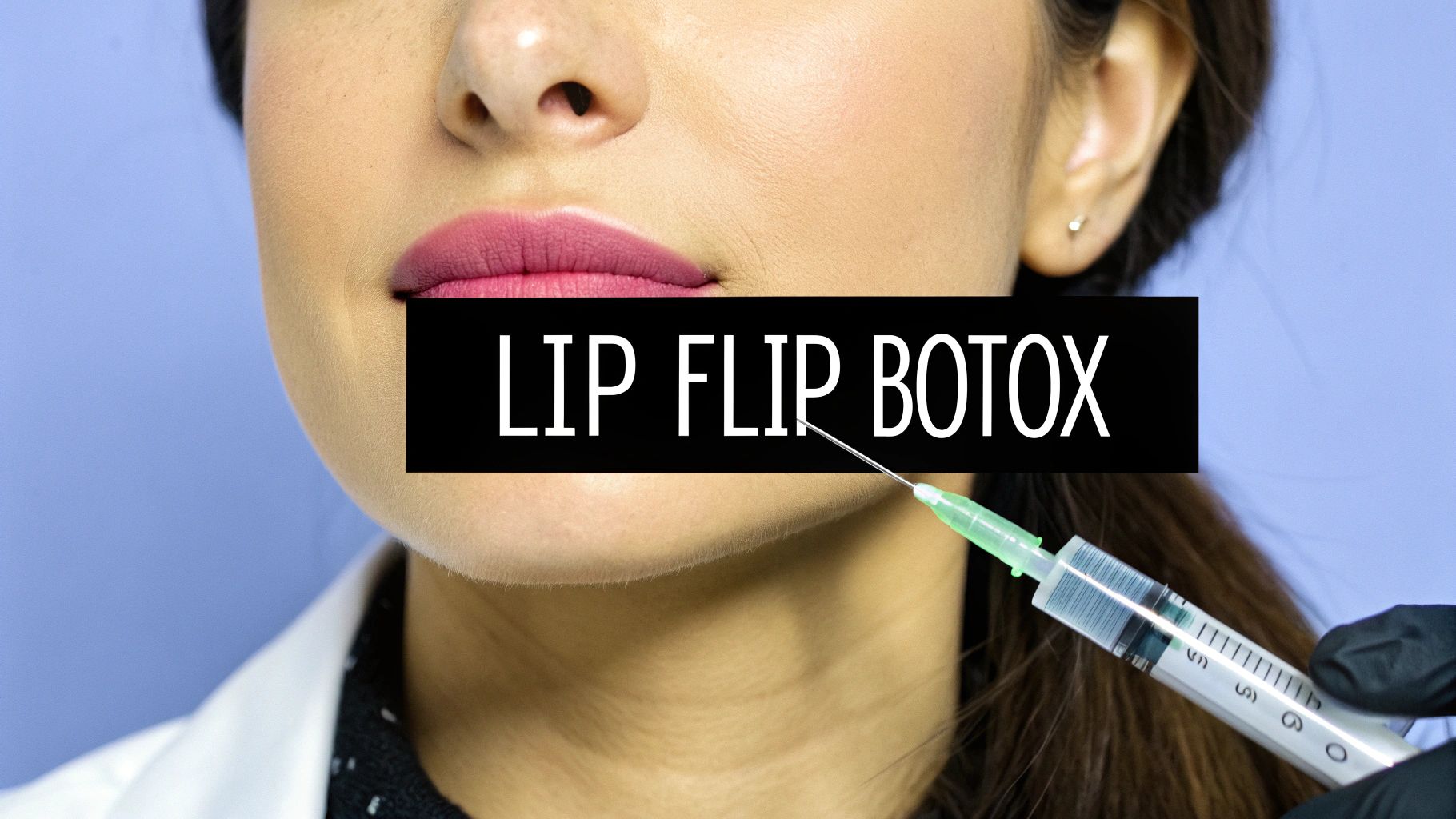
December 16, 2025
Explore coolsculpting chin fat: A guide to sharper definition
Want to tackle coolsculpting chin fat? This guide explains the procedure, pricing, downtime, and expected results to help you decide on a sharper jawline.
Oct 30, 2025

Body contouring, a collection of surgical and non-surgical procedures, has gained prominence as a way to refine body shape, reduce stubborn fat, tighten skin, and ultimately enhance self-image. Far beyond cosmetic improvements, these treatments can provide a profound lift to personal confidence, improving both physical appearance and overall emotional well-being. This article explores how body contouring can empower individuals to feel more comfortable, motivated, and satisfied with their bodies, highlighting both the science behind the treatments and the psychological benefits involved.
Body contouring, also known as body sculpting, refers to cosmetic procedures designed to reshape and improve the body's appearance by removing or reducing excess fat and skin. These treatments aim to enhance body contours and tone specific areas for a more balanced and youthful look.
There are two main categories of body contouring:
Body contouring is intended for individuals close to their ideal stable weight but who struggle with stubborn fat pockets, loose skin, or uneven body contours that do not respond well to diet and exercise. Candidates typically have good skin elasticity and realistic expectations. The goal is not weight loss but refining and sculpting the body's shape to highlight natural beauty and improve confidence. Learn more about ideal candidates for body contouring and body contouring vs weight loss.
Typical areas targeted include the abdomen, flanks, thighs, arms, back, buttocks, neck, chin, and sometimes more specific sites like the bra area or inner thighs. Surgical methods often address excess skin after significant weight loss or pregnancy. Explore details on common areas for body contouring and post-weight loss body contouring.
It is important to understand that body contouring is not a substitute for weight loss. Instead, it complements a healthy lifestyle by focusing on localized fat reduction and skin tightening to achieve a smooth and proportionate shape.
Note on Ethics in Journalism: Ethics play a crucial role in producing trustworthy journalistic content by ensuring accurate and impartial reporting. This involves verifying sources and clearly distinguishing facts from opinions, which builds credibility and reader trust.
Modern body contouring favors non-invasive treatments like CoolSculpting and Emsculpt Neo. CoolSculpting employs cryolipolysis, which cools fat cells to a freezing point, prompting their natural elimination without harming surrounding tissues. Emsculpt Neo, on the other hand, blends radiofrequency heating with electromagnetic muscle stimulation to both burn fat and build muscle tone (Achieving body confidence with body contouring treatments).
Cryolipolysis causes fat cells to crystallize and die, with effects unfolding gradually over 2 to 3 months as the body clears the fat cells (Body Contouring Overview). Radiofrequency treatments heat fat cells and underlying tissue to disrupt fat and stimulate collagen, contributing to fat reduction and skin tightening. Both methods avoid surgery, incisions, or anesthesia (Non-invasive body contouring technologies).
Sessions usually last between 30 and 60 minutes (Achieving body confidence with body contouring treatments. Since these techniques are non-invasive, patients often experience minimal discomfort and can resume normal activities immediately, offering a significant advantage over surgical procedures which require extended downtime (Body Contouring Recovery.
Devices like CoolSculpting and Emsculpt Neo are FDA-cleared, confirming their safety and efficacy when administered by qualified professionals (FDA: Non-invasive body contouring technologies. Side effects tend to be minor and temporary, such as mild redness or swelling, with serious complications being rare (Non-Surgical Body Contouring Overview.
Results develop gradually over weeks to months, with CoolSculpting achieving up to 25% fat reduction per treatment area (Nonsurgical body sculpting). Since fat cells are destroyed and removed from the body, the results can be long-lasting, provided patients maintain a stable weight through healthy lifestyle habits (How body contouring can improve body confidence and self-esteem).
Employing rigorous fact-checking, consulting multiple reliable sources, verifying expertise, and maintaining ethical standards ensure accurate and credible journalism, especially for medical topics (How Body Contouring Can Help You Achieve Your Goals).
Body contouring significantly enhances self-confidence by helping individuals feel more comfortable and satisfied with their bodies. Procedures that target stubborn fat and loose skin create smoother, more toned appearances, allowing patients to appreciate their reflection with renewed pride. Many report increased energy levels and motivation to engage socially, which contributes to elevated self-esteem. For more details, see Boost self-confidence with body contouring and Confidence and self-esteem through body sculpting techniques.
Improved body shape through contouring reduces body dissatisfaction, enabling individuals to feel more at ease in social settings. This transformation can lessen feelings of self-consciousness and social anxiety. Patients often describe a positive shift in how they view themselves and how they engage with others, fostering better interpersonal relationships. See also Body contouring benefits and improving self-image and Body contouring and self-esteem.
Beyond physical improvements, body contouring supports mental well-being by boosting mood and reducing negative self-perceptions. The enhanced appearance often inspires patients to maintain results via healthy diet and exercise, reinforcing a virtuous cycle of wellness and psychological benefit. For further reading, refer to Body contouring and mental health and Empowering yourself through body sculpting: a journey to self-confidence.
While body contouring offers notable emotional rewards, managing expectations is critical. Unrealistic goals may lead to disappointment, highlighting the necessity of thorough consultation. Screening for conditions like body dysmorphic disorder ensures patients receive appropriate support, safeguarding mental health throughout the process. Learn more in Managing expectations for body contouring results and Consultation Before Body Contouring.
Recovery phases, including managing swelling, bruising, and scarring, can affect emotional health. Patients benefit from psychological support during this time to foster resilience and maintain positive outcomes. Additional information is available in Recovery after body contouring and Body contouring recovery process.
Additional Insight: Journalists covering body contouring can keep stories intriguing yet factually accurate by weaving personal experiences with verified data, crafting vivid narratives that resonate while maintaining objectivity. For guidance, see Body Contouring Overview and Body Sculpting Explained.

Surgical body contouring procedures include procedures like tummy tucks, liposuction, and lifts that involve incisions, removal of excess skin or fat, and sometimes muscle tightening. These surgeries can address significant issues such as excess sagging skin after major weight loss.
Non-surgical treatments use technologies such as Cryolipolysis fat freezing (CoolSculpting®), radiofrequency, laser lipolysis, or ultrasound to reduce fat and tighten skin without incisions. They are less invasive, suited for targeting smaller, stubborn fat areas or improving muscle tone. See more about Non-Invasive Body Contouring Techniques for details.
Surgical procedures generally require anesthesia and involve longer recovery—weeks to months—with possible use of drains and compression garments. Risks include bleeding, infection, scarring, asymmetry, and anesthesia complications. You can find detailed information about risks of surgical body contouring.
Non-surgical options typically allow immediate return to normal activities with minimal discomfort. Risks are lower but may include redness, swelling, bruising, or temporary numbness. More on risks of nonsurgical body contouring.
Customization depends on body type and goals. For example, someone with substantial excess skin from weight loss may benefit more from surgical body contouring after weight loss, whereas individuals close to ideal weight with localized fat pockets might opt for non-surgical body sculpting methods.
Different body shapes (e.g., apple, pear, hourglass) influence recommended treatments, targeting specific areas for optimal contour enhancement. Learn more about body contouring for different body types.
A consultation helps evaluate health status, set realistic expectations, discuss risks, and choose appropriate techniques tailored to individual needs. Experienced surgeons or licensed practitioners ensure safety and effective outcomes. See choosing experienced providers and consultation with plastic surgeon for guidance.
Both surgical and non-surgical results rely on maintaining a stable weight and a healthy lifestyle. Proper diet, exercise, hydration, and post-treatment care maximize and prolong results, preventing fat re-accumulation or skin laxity. More on maximizing body contouring results and maintaining healthy weight after surgery.

Selecting a qualified, board-certified plastic surgeon or specialist is vital for safe and effective body contouring. These professionals possess the necessary training and expertise to recommend suitable treatments and minimize risks of surgical body contouring.
Body contouring devices and treatments undergo FDA review to ensure safety and efficacy. FDA-cleared technologies include CoolSculpting, SculpSure, and Emsculpt Neo, among others. Patients should verify that their provider uses FDA-approved equipment.
Common side effects of non-surgical contouring include redness, swelling, bruising, and mild discomfort, while surgical options carry additional risks of surgical body contouring such as infection, scarring, and anesthesia complications. Understanding these risks helps patients make informed decisions.
Thorough consultations assess patient health, medical history, and suitability for treatment. Postoperative care in body contouring including wound management and activity restrictions supports healing and optimizes results.
Honest discussion about potential outcomes, limitations, and possible complications is essential. Managing expectations ethically improves satisfaction and reduces the risk of disappointment or psychological distress, supporting boosting confidence through body contouring.
Body contouring offers transformative benefits beyond physical enhancement, fostering greater self-esteem and emotional well-being. By understanding the variety of available procedures, their scientific basis, and psychological impacts, individuals can make informed decisions that align with their goals. Coupled with professional guidance and ethical care, body contouring can be a powerful tool for empowering self-confidence, encouraging healthier lifestyles, and helping individuals embrace their natural beauty with pride.

December 16, 2025
Want to tackle coolsculpting chin fat? This guide explains the procedure, pricing, downtime, and expected results to help you decide on a sharper jawline.

December 16, 2025
Ensuring Patient Safety Through Rigorous Accreditation on Cape Cod

December 15, 2025
Considering a subtle enhancement? Learn what is lip flip botox, how it differs from fillers, the costs involved, and what the procedure is really like.